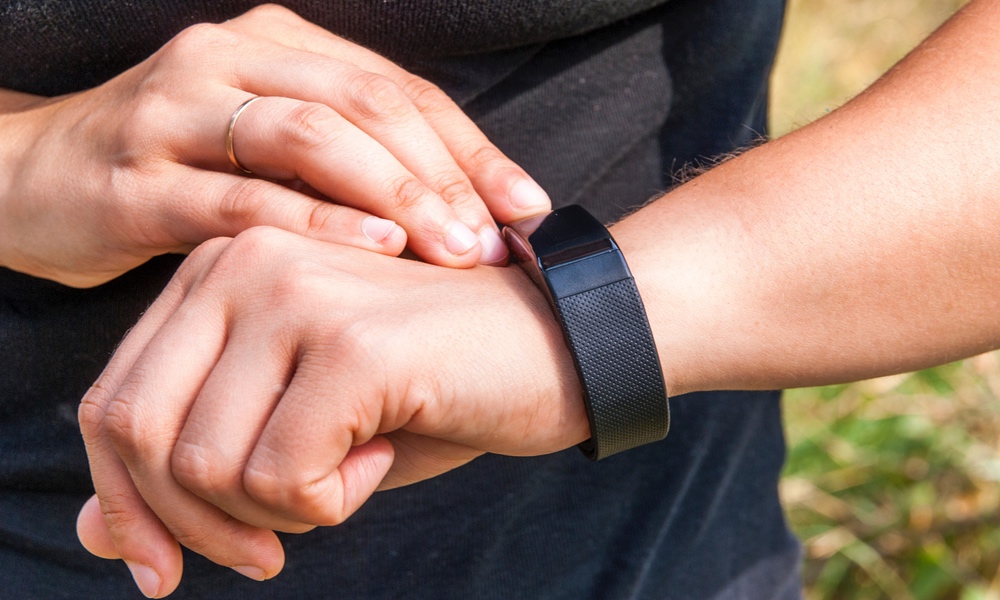Your fitness device can do something even more important than monitoring your activity and heart rate. It can provide health data crucial to tracking COVID-19 infections.
Wearable activity trackers like the Fitbit or Apple Watch can help identify cases of COVID-19 by providing data on changes in heart rate, sleep and activity levels, a study finds. Fitness tracker data used along with self-reported symptom data can make it possible to identify SARS-CoV-2 cases earlier and with greater accuracy than is possible by looking at symptoms alone.
“Roughly 100 million Americans already have a wearable tracker or smartwatch and can help us; all we need is a tiny fraction of them -- just 1 percent or 2 percent -- to use the app,” Eric Topol, director and founder of the Scripps Research Translational Institute, said in a statement.“What's exciting here is that we now have a validated digital signal for COVID-19. The next step is to use this to prevent emerging outbreaks from spreading.”
Health data collected by wearable fitness devices enabled the team to identify whether a person who reported symptoms was likely to have COVID-19 with roughly 80 percent prediction accuracy, a significant improvement over models using only self-reported symptoms.
Over 30,000 people from all 50 states had enrolled in the study by early June 2020. More than 3800 participants reported symptoms; 54 tested positive for the coronavirus; and 279 tested negative.
Sleeping more and being less active than usual were two of the most significant predictors of coronavirus infection.
Identifying these early COVID-19 warning signs should give healthcare professionals a leg-up on the disease, making it easier to slow its spread. “We know that common screening practices for the coronavirus can easily miss pre-symptomatic or asymptomatic cases,” lead researcher, Jennifer Radin, an epidemiologist at Scripps, said. “And infrequent viral tests, with often-delayed results, don't offer the real-time insights we need to control the spread of the virus.”
“What's exciting here is that we now have a validated digital signal for COVID-19,” Topol added. “The next step is to use this to prevent emerging outbreaks from spreading.”
The study appears in Nature Medicine.





